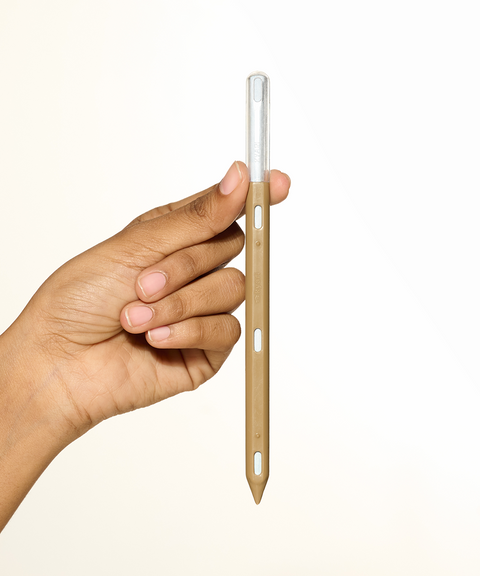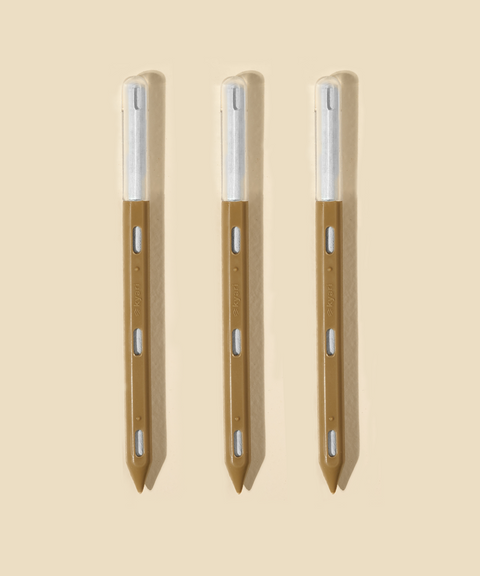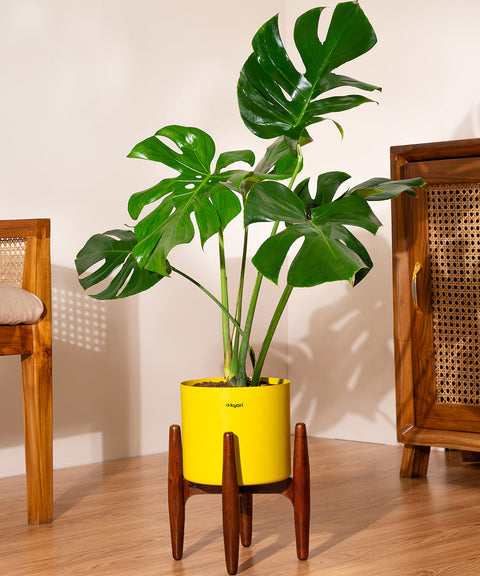Care guide
Bromeliads prefer bright, indirect light. They can tolerate some direct morning or evening sun, but avoid exposing them to intense, midday sunlight, as it can burn their leaves. Place them near a window with filtered or curtain-filtered light.
Bromeliads thrive in temperatures between 60°F and 80°F (15°C and 27°C). They can tolerate slightly cooler temperatures but are sensitive to frost. Protect them from temperatures below 50°F (10°C).
Water bromeliads by filling the central cup or tank with water. Ensure the cup is regularly topped up and kept clean. Avoid overwatering the soil, as it can lead to root rot. Allow the soil to partially dry out before watering it again.
Bromeliads appreciate higher humidity levels. If the humidity in your home is low, you can increase it by using a room humidifier, placing the plant on a tray filled with pebbles and water (make sure the pot is above the water level), or misting the leaves occasionally.
Bromeliads are epiphytic plants, which means they don't require soil to grow. They naturally attach themselves to trees and absorb nutrients and moisture from the air and rain. When growing bromeliads in pots, use a well-draining potting mix specifically formulated for epiphytic plants or bromeliads
Bromeliads have relatively low nutritional requirements. Feed them with a diluted, balanced, water-soluble fertilizer formulated for epiphytic plants or bromeliads. Apply the fertilizer to the central cup or tank or directly to the soil, following the package instructions for dilution ratios and frequency.
If growing bromeliads in pots, choose a container with good drainage. You can use a mix of orchid bark, sphagnum moss, and perlite or a specialized bromeliad mix. Avoid using heavy potting soil, as it can retain too much moisture and lead to root rot.
Bromeliads produce vibrant, long-lasting flowers that often have a showy bract or inflorescence. After flowering, the mother plant will typically produce offsets, known as "pups." These pups can be separated from the mother plant once they are about one-third to one-half its size and then planted individually to grow new bromeliads.
Good air circulation is essential for bromeliads, especially if they are grown indoors. Ensure there is enough space around the plants and avoid overcrowding them. This helps prevent the buildup of excess moisture, which can lead to fungal or bacterial diseases.








 Limited Time Deal
Limited Time Deal
 BYOB - Small Plants
BYOB - Small Plants































































































